Click on the words above “Commercial fishermen are extremely conscious of their impact” to see this entire post.
The other day while visiting Spud Point at Bodega Bay, I noticed the signs you see below affixed to the railing along the harbor. Their poor condition led me to believe they have been there a long, long time.

—
Click the image to see a larger version
—

Since 2008, I have personally packed off Point Reyes Beaches:
miles of plastic rope
thousands of crab buoys (one very well known bodega fisherman demanded that I give them back to him, no charge, as they belonged to him. Reminding him that he abandoned them on the beach (they were now mine) and that I hauled them out on my back, I declined his offer. This same fisherman also apologized for his meth-addict brother (his words) who nearly ripped my head off when I offered to sell him back his gear for a fraction of what it cost him to build.)
hundreds of crab bait jars
hundreds of empty bleach bottles – It was only this spring that I learned why I find so many bleach bottles on the beach in the winter. Crab fisherman use pure bleach to dunk their buoys while out at sea to kill the marine growth on them. I witnessed a fisherman at Spud Point hauling dozens of gallons to his boat in a wheel barrow. I asked him about it and he told me he usually uses swimming pool bleach, it is stronger.
A friend of mine lives perhaps a 1/4 mile from the harbor at Bodega and frequently is overcome with the strong smell of bleach.
perhaps 7-8 commercial crab pots (they weigh 70-100 lbs., I leave them above the high water mark now)
It appears the same person who wrote the book on sustainable oyster farming in West Marin (where stewards of the land have deep respect for the waters they ply), also wrote the book on how to be a commercial fisherman who is “extremely conscious”.
Meriam-Webster defines conscious thusly: awake and able to understand what is happening around you.
This past year, California adopted rules used by Washington and Oregon with the hope of avoiding the mad dash to race out and catch every single crab as quickly as possible so nobody else can catch it. The jury is still out on whether it has had the intended effect.
Something needs to be done to reduce the huge and devastating effect wrought on the sea by these greedy, often drug addled fishermen. No doubt fishing is a difficult and dangerous job. When the name of the game is get it all now, any means are used to stay awake for days on end. I’ve been told that sitting in the back of the boat, pulling pots, breathing diesel fumes for hours and hours on end is how it is. If you want to stay awake, you take whatever you need: coffee, speed, meth.
Not all fishermen are greedy, nor drug addicts – likely a small fraction. But, with the amount of garbage left in the sea (who knows how many hundreds, thousands of miles of nylon rope lay on the bottom offshore), and on our local beaches (see below), we need more and stronger enforcement of the laws. We also need fishing regulations designed to reduce the “mad dash to catch it all now.” Perhaps of greatest importance, these conscious commercial fishermen need to self-monitor their ranks. And I don’t mean pulling the other guys’ pots, stealing his crabs, cutting the rope and dumping 25, 50 or 100 pots to the bottom just because he put his pots too close to “your” spot. I do mean not dumping bleach and bleach bottles in the sea, when you change out light bulbs, don’t toss the burned out bulb into the sea. Don’t put your gear where it is likely to be cut by tugs. Don’t leave your abandoned gear all over local beaches (or national seashores), come pick up your mess, and tell your fellow fisherman to not make a mess! Salmon fishermen need to stop shooting seals and sea lions.
This winter, as you enjoy your cracked crab, remember the hard work put in by fishermen, as well as the huge impact on this one and only planet we all call home.
Perhaps crab should be $40/pound, along with mandatory drug testing for all fishermen!
After looking over the images below, you’ll surely agree that “Commercial fishermen have played a very active role in causing lasting environmental damage.”
—
—

—
Click the image to see a larger version
—

—
—

—
Click the image to see a larger version
—

—
—

—
Click the image to see a larger version
—

—
—

—
Click the image to see a larger version
—

—
—

—
Click the image to see a larger version
—
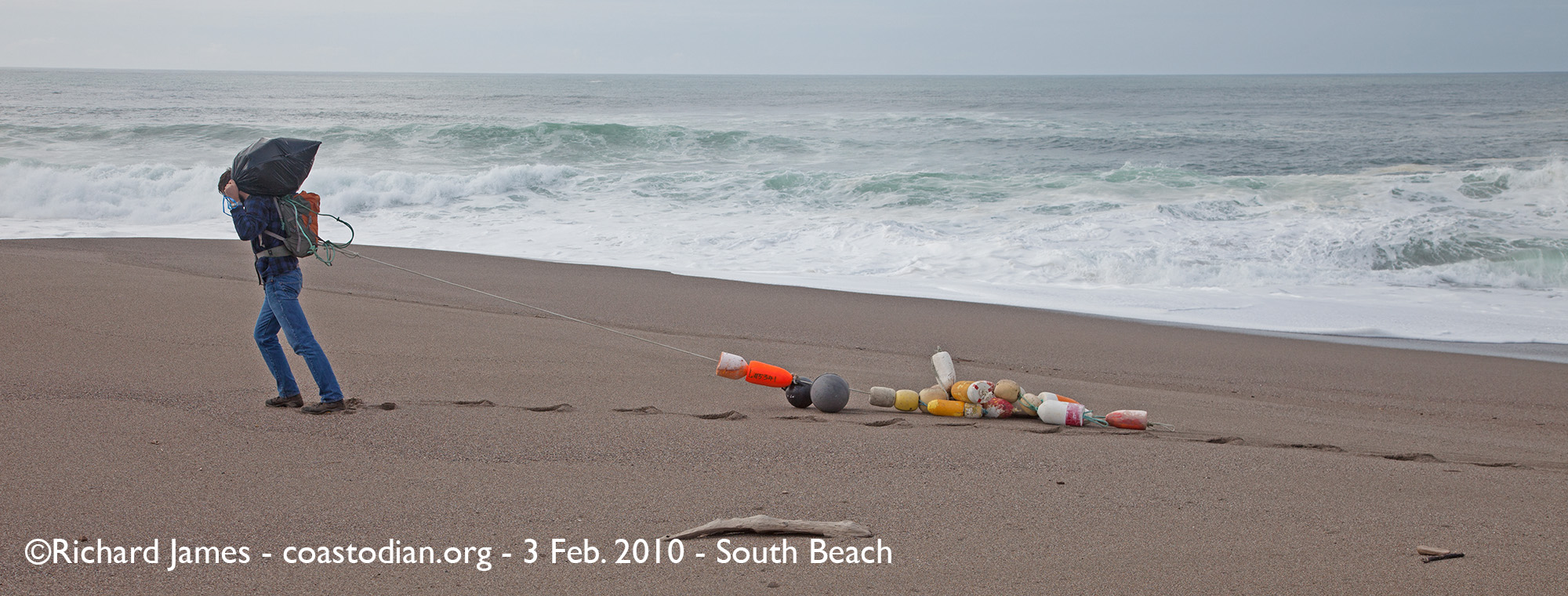
—
—
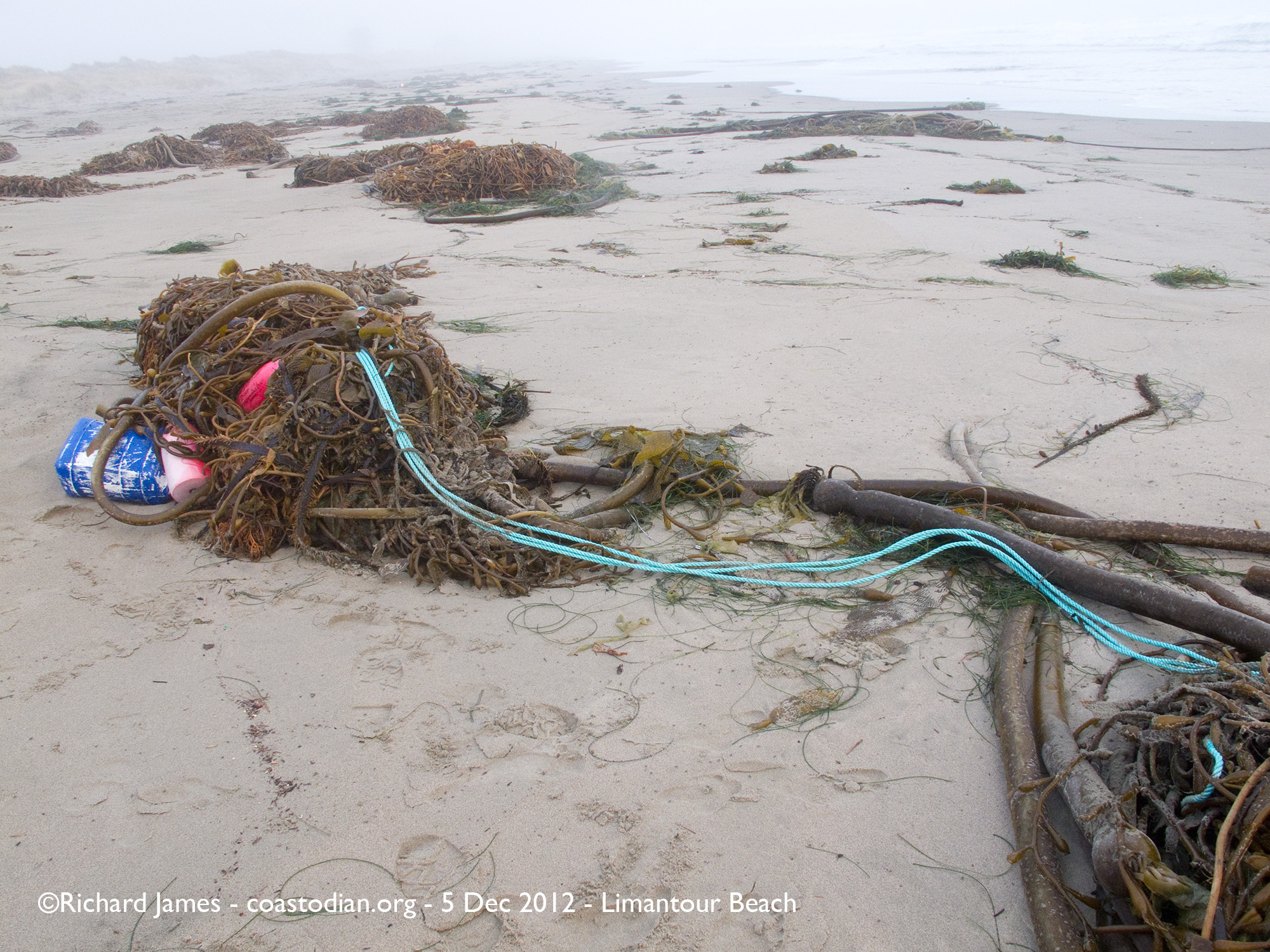
—
Click the image to see a larger version
—

—
—
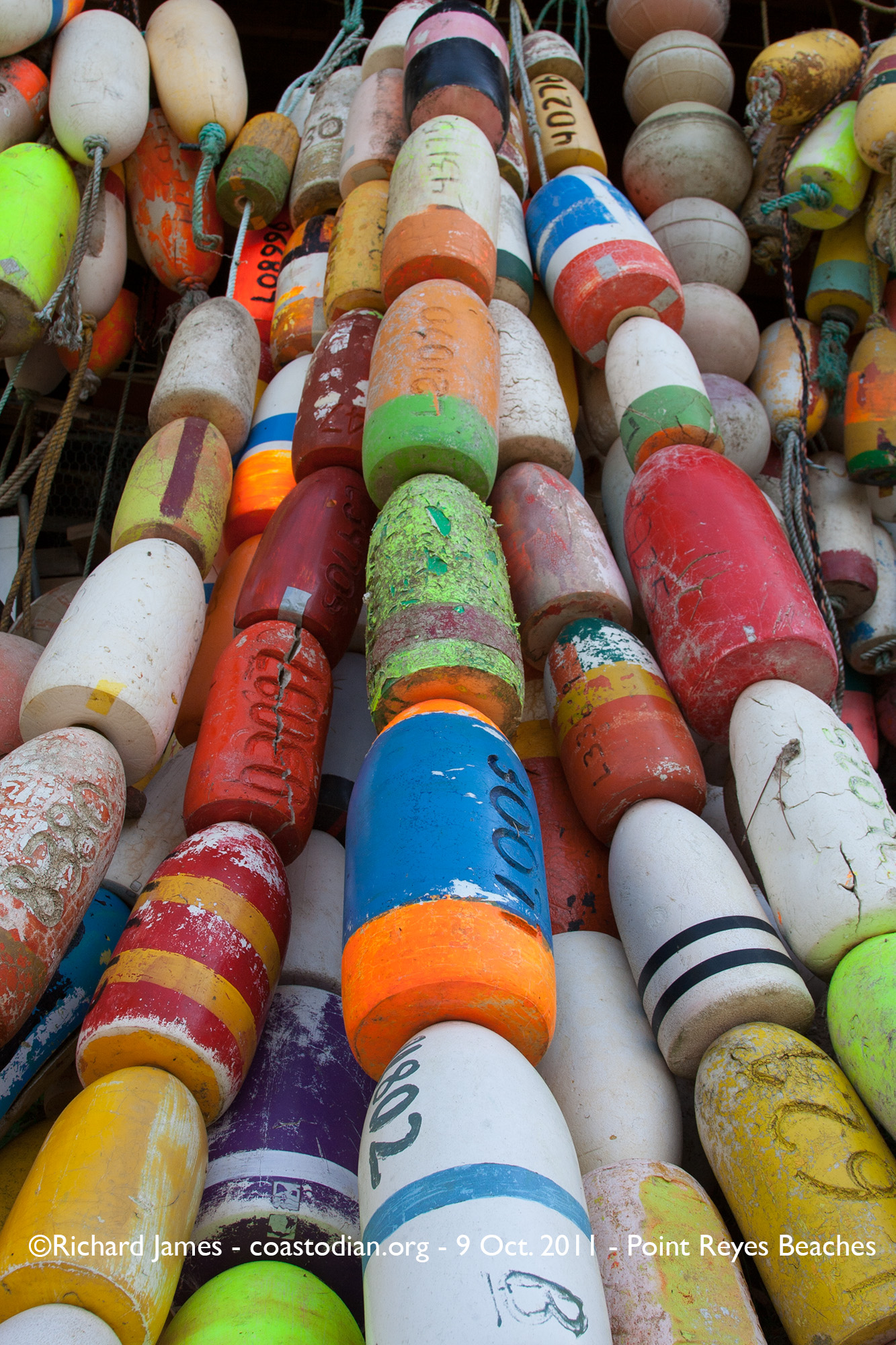
—
Click the image to see a larger version
—

—
—
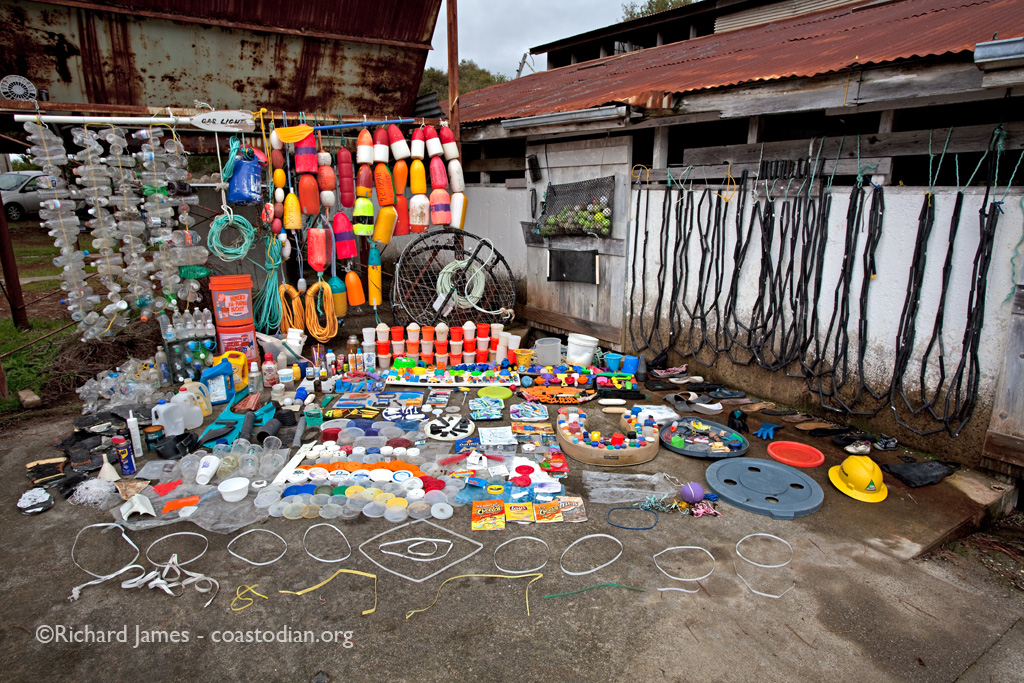
Human trash collected from Point Reyes beaches during six visits
—
Click the image to see a larger version
—
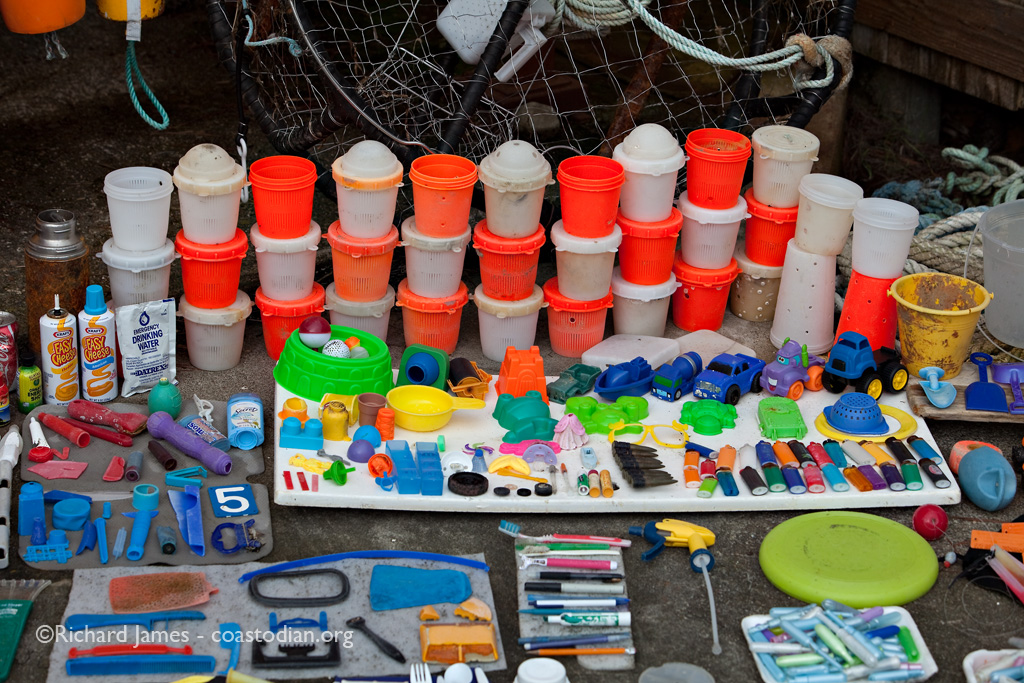
—
—
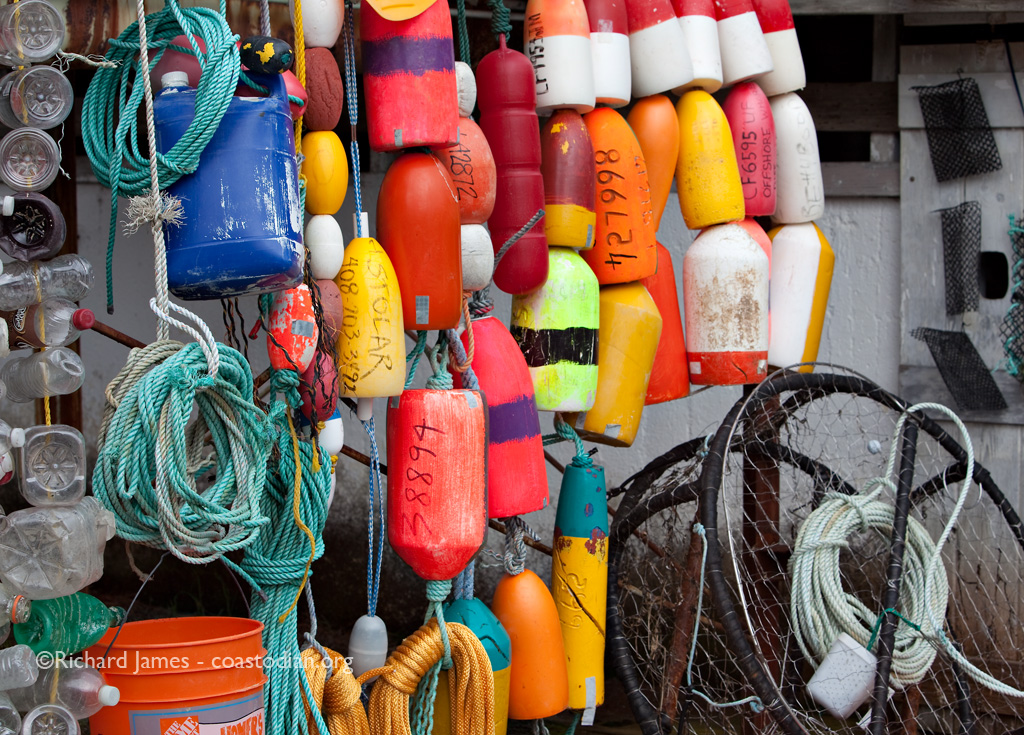
—
Click the image to see a larger version
—
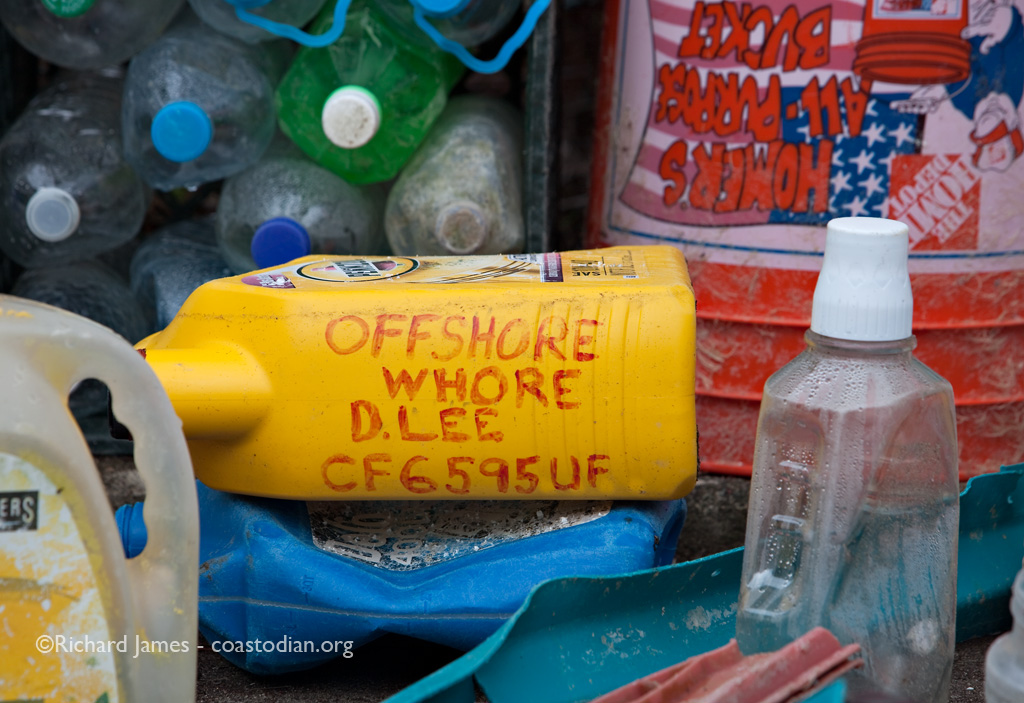
—
—

Commercial crab trap tags. Recognize anyone you know? I do.


























